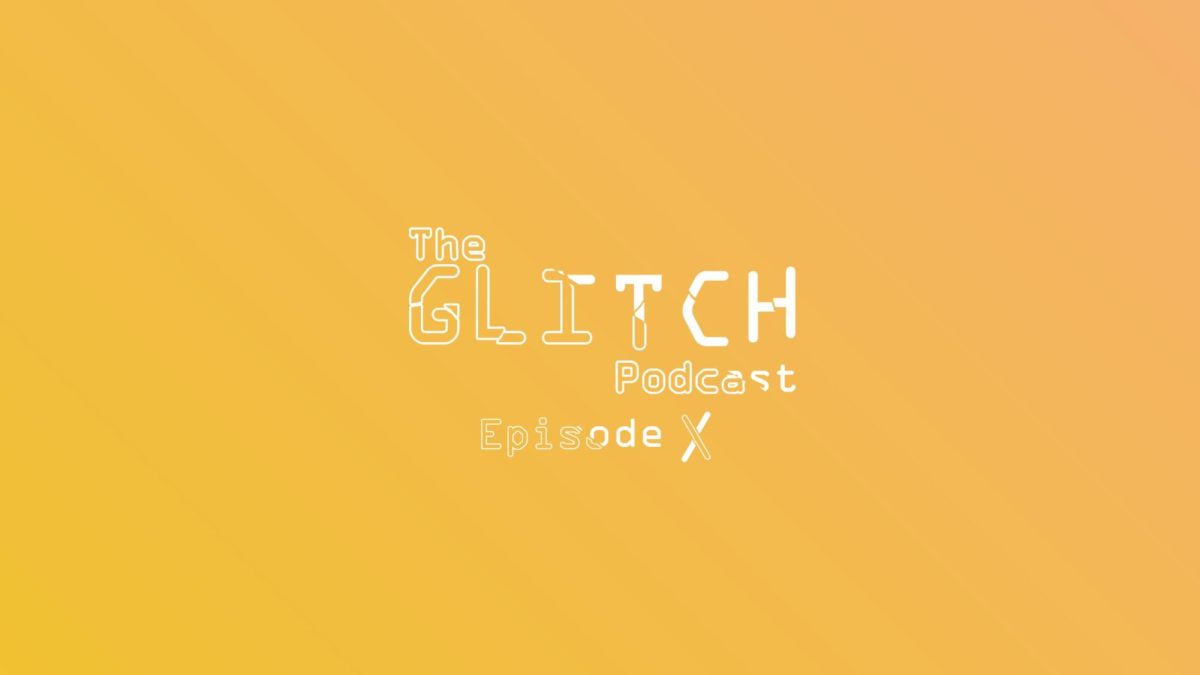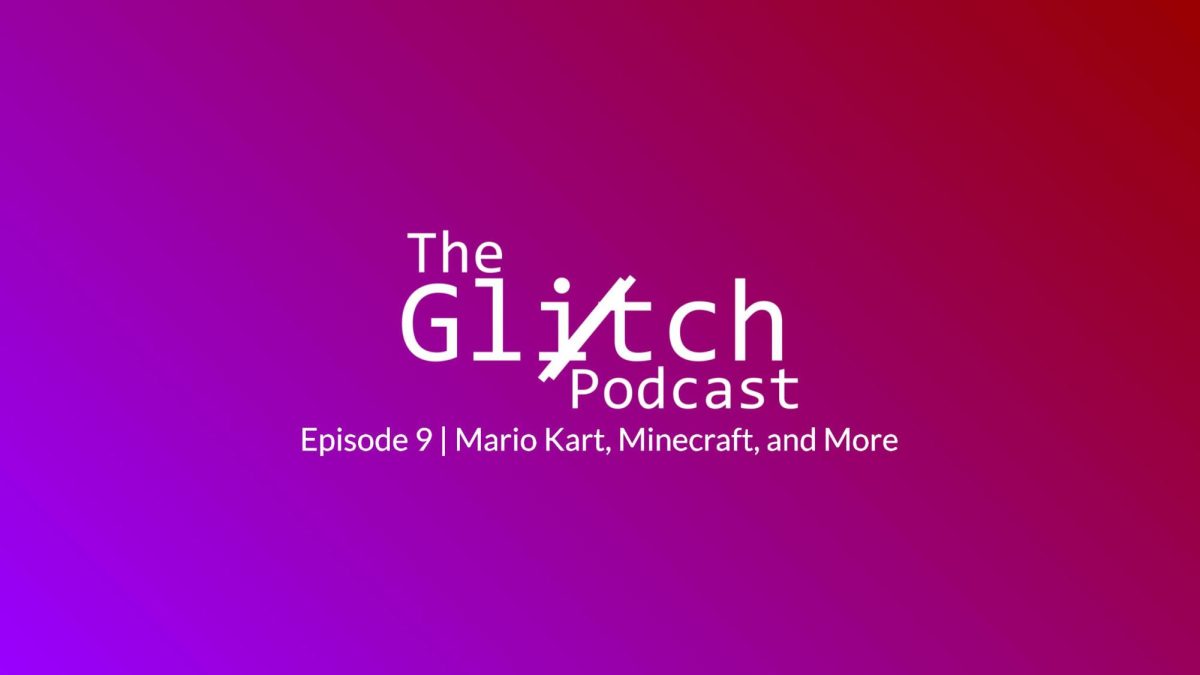Student Press Freedom Day takes place today, Feb. 22.
It celebrates student journalists, whose rights are the same as professionals. This gives students protection under the First Amendment and state-specific laws, such as the Colorado Freedom of Expression law.
“[Students should have equal rights] in principle. Being that we’re a school, there’s probably some things I can see certain parent groups having a problem [with]. That doesn’t necessarily mean that you shouldn’t write about them, but maybe [have] some kind of stakeholder. Because being a minor is tricky,” teacher librarian Jason Parker said.
See below for the top 10 facts of Student Press Freedom Day.
1. Press Freedom Day takes place Feb. 22.
Student Press Freedom Day occurs Feb. 22, however, Scholastic Journalism Week occurs from Feb. 19-23. However, World Press Freedom Day takes place May 3.
2. Student Press Freedom Day is a national day where student journalists and their contributions are celebrated.
Due to the resources given to student journalists, organizations like the Columbia Scholastic Press Association (CSPA), the National Student Press Association (NSPA) and Student News Online (SNO), can hold contests and awards for students and different newspapers, yearbooks, and newsmagazines.
3. Student Press Freedom Day, created by the Student Press Law Center, promoted by to call to attention the unnecessary censorship of student journalists.
“I think there’s obviously the universal [rights] that you absolutely have. There are certain things that you say that are tricky legally when we’re talking about minors,” Parker said.
4. The theme for Student Press Freedom Day this year is “powerfully persistent.”
Themes in recent years have been: “Bold Journalism,” “Brave Advocacy,” “Unmute Yourself,” “Journalism Against the Odds,” “The Role of Media in Elections” and “Democracy and Keeping Power in Check.”
5. Not every state has laws protecting student journalists against censorship and other threats that journalists may face.
Many schools have their newspapers have to either go through admin and can’t write about any topic they choose, which is known as prior review. Controversies may not be able to be covered, due to their lack of freedom.
6. This year will be the sixth annual Student Press Freedom Day.
Student Press Freedom Day started in 2017 to show that students don’t have to shed their First Amendment rights, and can report on anything.
7. New Voices is a student-led movement that works to restore freedom laws for student journalists. In 1988, the US Supreme Court enacted Hazelwood v. Kuhlmeier which is used to sensor students’ voices.
New Voices was created in 1991 by the Jewish Student Press Service, an independent nonprofit founded in 1971.
8. Without New Voices laws, school administrators can legally censor and have control over what the students write on.
This means teachers, principals and other administrators can choose whether or not stories get published, no matter how important those stories are. States like Colorado have laws that allow students to have no need to go through admin and report on whatever they desire.
9. Colorado is one of 17 states that gives student journalists the same rights as professional journalists.
All 17 states include Arkansas, California, Colorado, Hawaii, Illinois, Iowa, Kansas, Maryland, Massachusetts, Nevada, New Jersey, North Dakota, Oregon, Rhode Island, Vermont, Washington and West Virginia.
10. The Student Press Freedom Association has partnered with 35 organizations to celebrate and support student journalists.
“I think [Student Press Freedom Day] is special [and] is really important,” Aspyn Motarjeme ‘27 said. “It shows that all journalists need to be respected, just as much as adults do.”

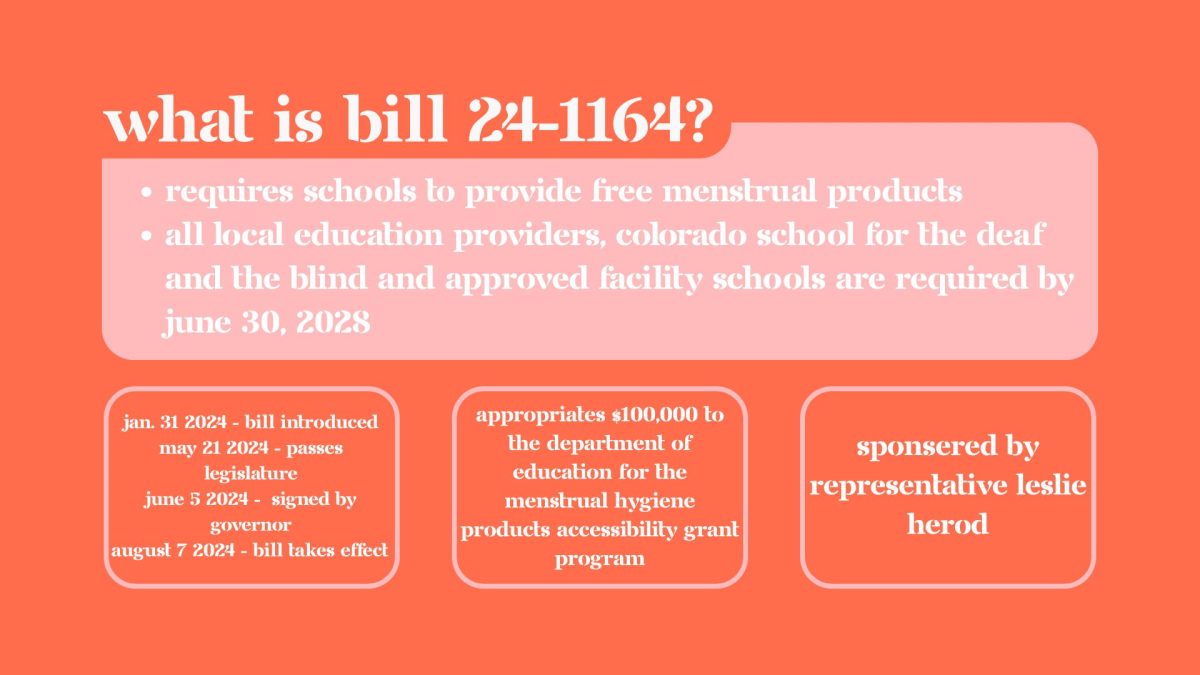

![Minutes before the Activities Fair in the gym, president Abhi Gowda ‘26 prepares the stall for his club Helping Hands, Sept. 4. A relatively new club, Helping Hands was co-started by Gowda and focuses on assisting the homeless, and just last year they succeeded in raising a couple hundred donations to send to shelters. This year, they have goals to expand, with hopes to increase volunteer opportunities and take in-person trips to shelters, as well as extend their help beyond just homeless people. “The Activities Fair gives a lot of underclassmen the opportunity to really get to know the Canyon culture, and it gives them many opportunities for service and volunteering,” Gowda said. “[Through the Activities Fair,] I hope to find a bunch of new and passionate members about our club and just get our name out there and spread awareness to the cause that we’re fighting for.”](https://rockmediaonline.org/wp-content/uploads/2025/09/1-2-1200x885.jpg)
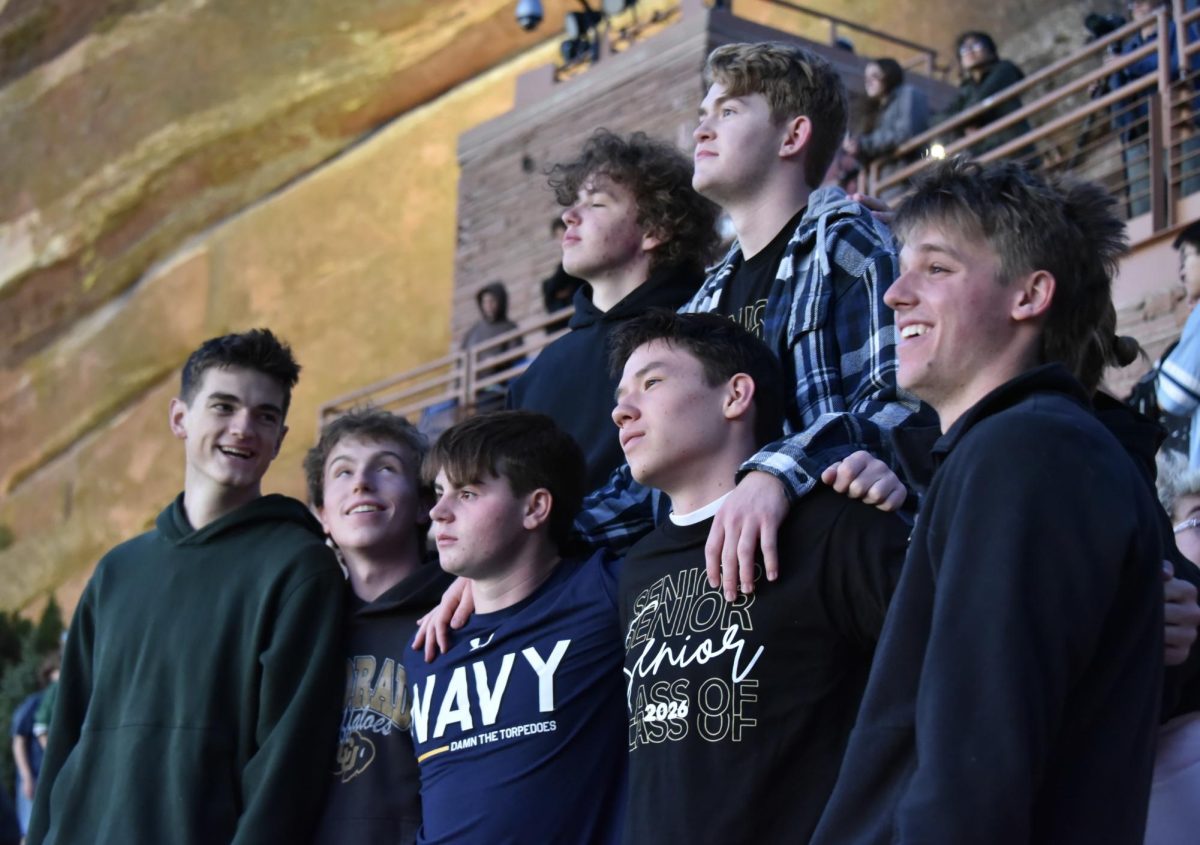
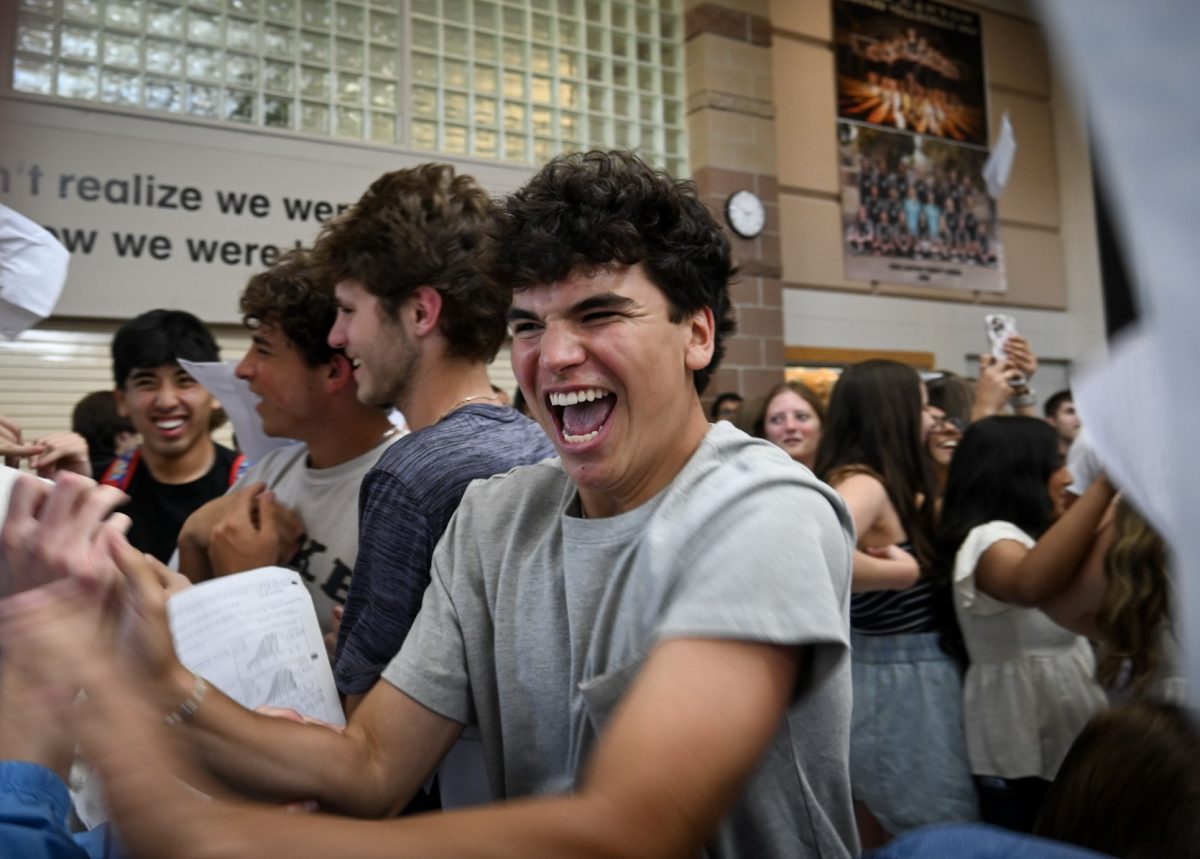
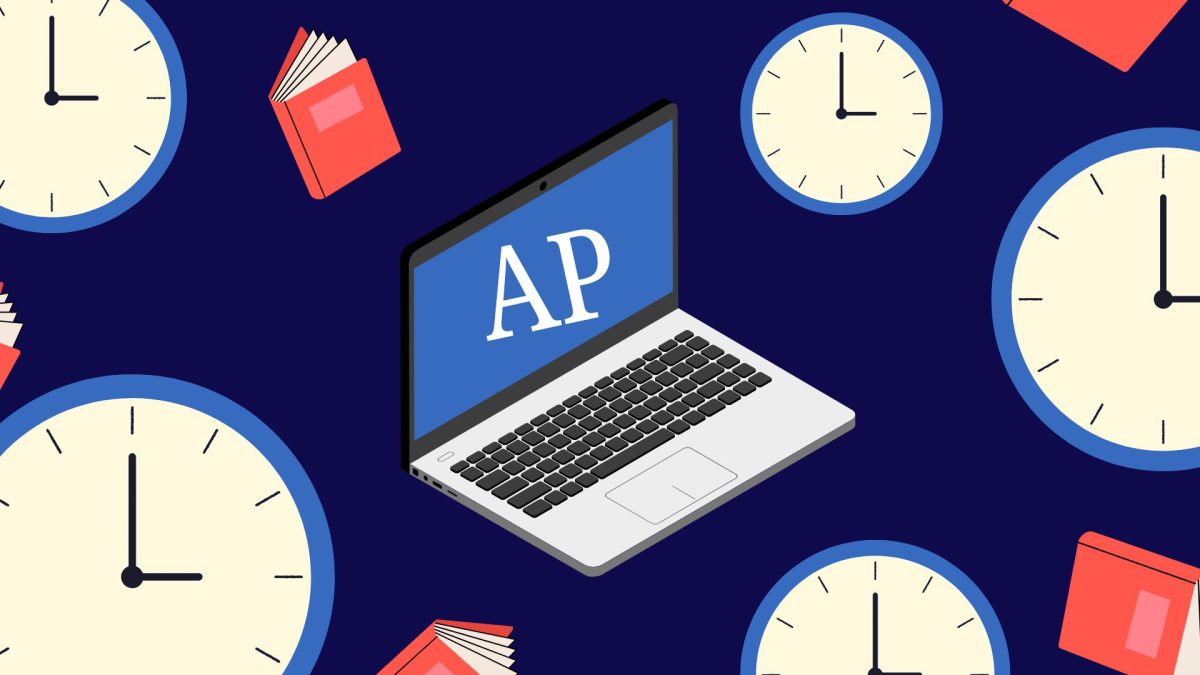




![The winter guard team makes fifth place at the state championship finals in the Denver Coliseum, March 30. The team performed to Barnes Country's “Glitter and Gold,” lead by coaches Margo Sanford, Blair Bickerton and Anna Orgren. In their class there were a total of nine groups participating, and the top five who made it to finals received a plaque. “[Walking onto the stage] is very nerve-wracking, but also very exciting as well. When you first start color guard there's a lot of anxiety and uncertainty when you first perform in front of an audience, but once you've done it for a while, it starts to become the best part of the season,” Ella West ‘25 said. “It's very fulfilling to see an audience react to something you've put your heart and soul into.”](https://rockmediaonline.org/wp-content/uploads/2025/04/Both-socal-media-nd-website-main-1-1200x846.jpg)
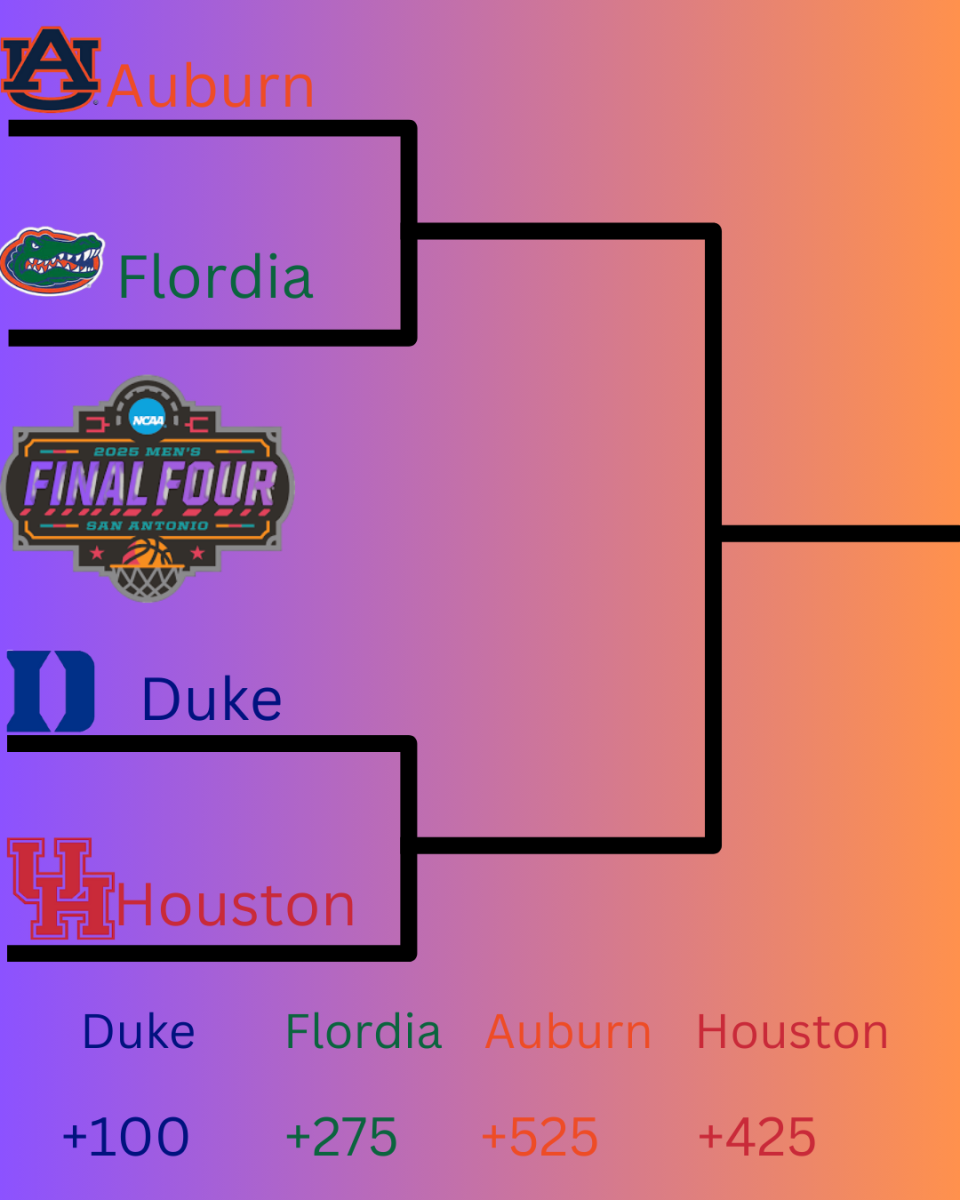


![April marks the 25th anniversary of Sexual Assault Awareness Month, created by the National Sexual Violence Resource Center (NSVRC). This month is to spread awareness of the harassment, assault and abuse that happens around the world. The symbol that represented the month was a teal ribbon; however, some survivors of assault create different symbols and movements like the TikTok trend in 2022, where survivors would tattoo Medusa on their body, in honor of her backstory in Greek Mythology. “I don't think [this month is known] at all. I rarely see anybody talk about it. I rarely see much of an emphasis on posting it online, or much discussion about it, and I feel like there needs to be way more discussion,” an anonymous source said. “I think just validating every experience that a person has gone through, regardless of the degree of it, the severity, is an essential step into making sure that people are aware that this is a very real problem in a society and that we need to do better in addressing it.”](https://rockmediaonline.org/wp-content/uploads/2025/04/IMG_0011-1200x900.jpg)


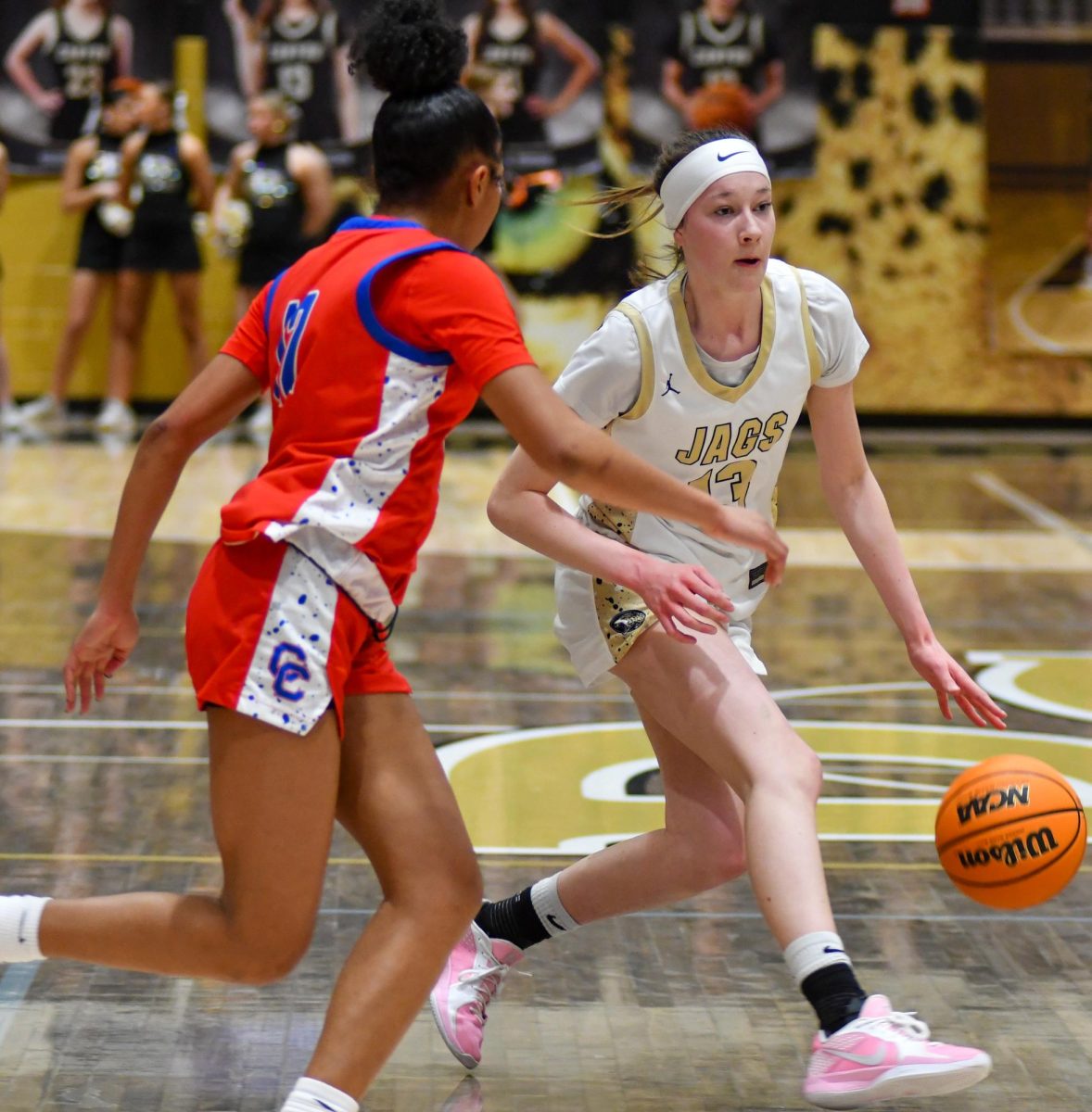
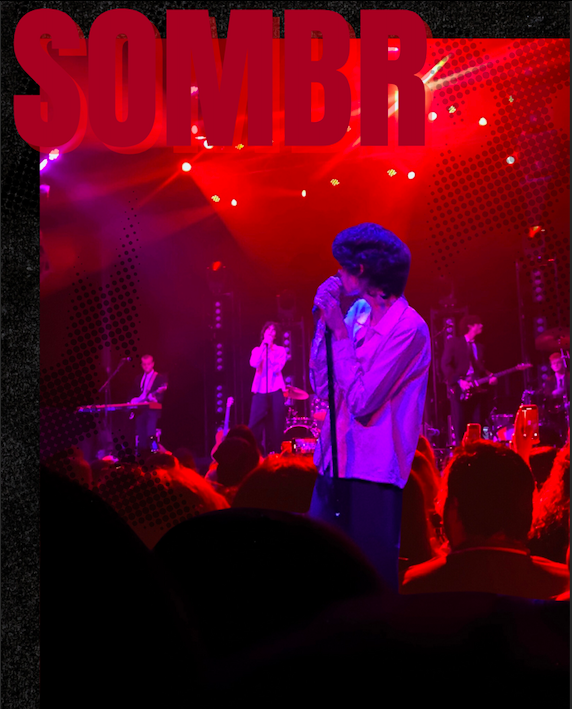

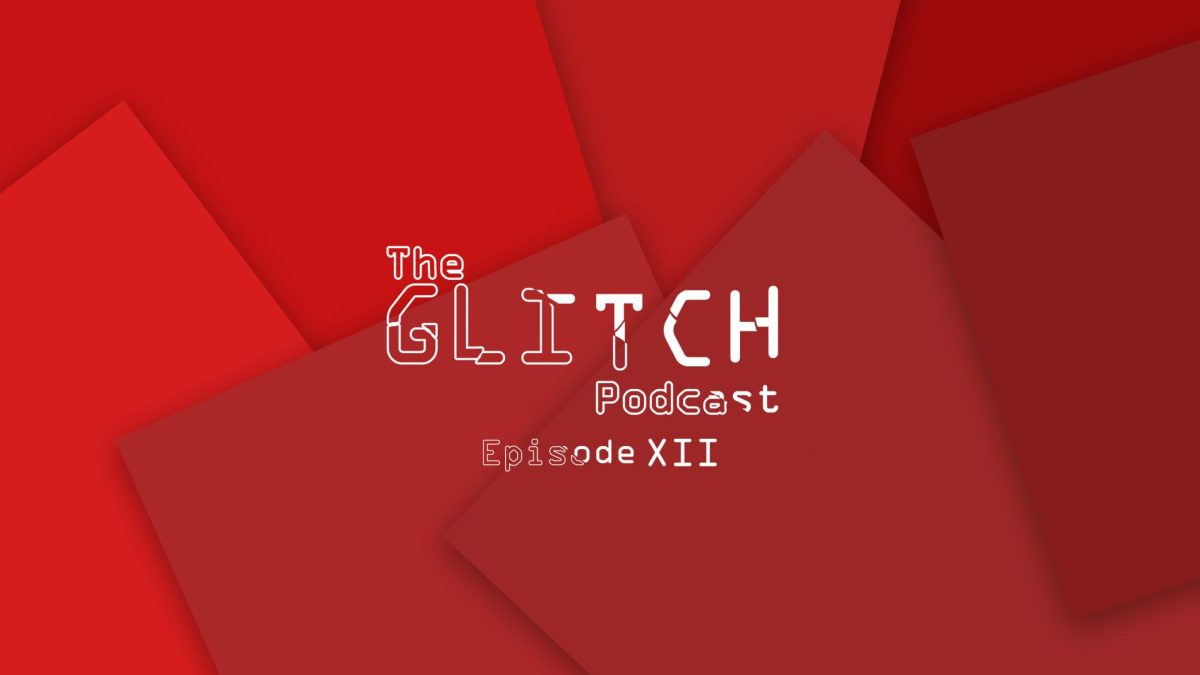
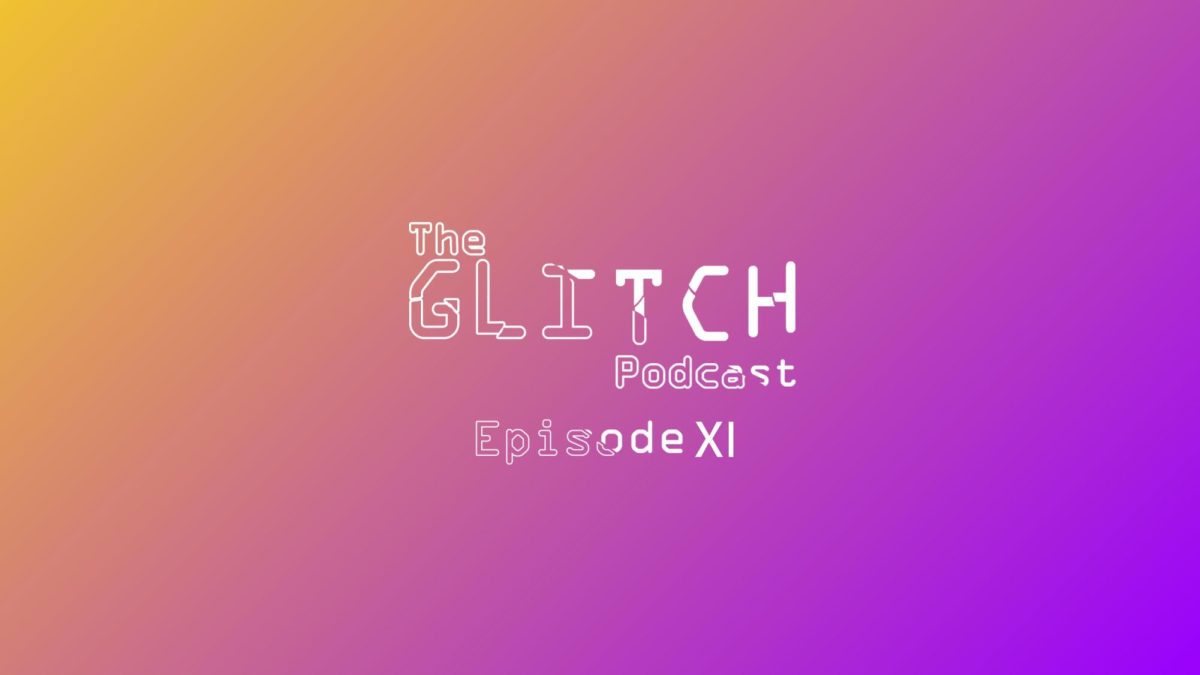





![Lesbian Visibility Day is April 26, and it’s a holiday to celebrate the lesbian community of the world. Lesbian Visibility day was established in 2008 by many queer activists and organizations who sought to raise more awareness for lesbian history and culture. “So this is why during Lesbian Visibility [Day] we celebrate and center all lesbians, both cis and trans, while also showing solidarity with all LGBTQ+ women and nonbinary people,” Linda Reily, in an article written by her, said.](https://rockmediaonline.org/wp-content/uploads/2025/04/Lesbian-Visibility-day.jpeg)



